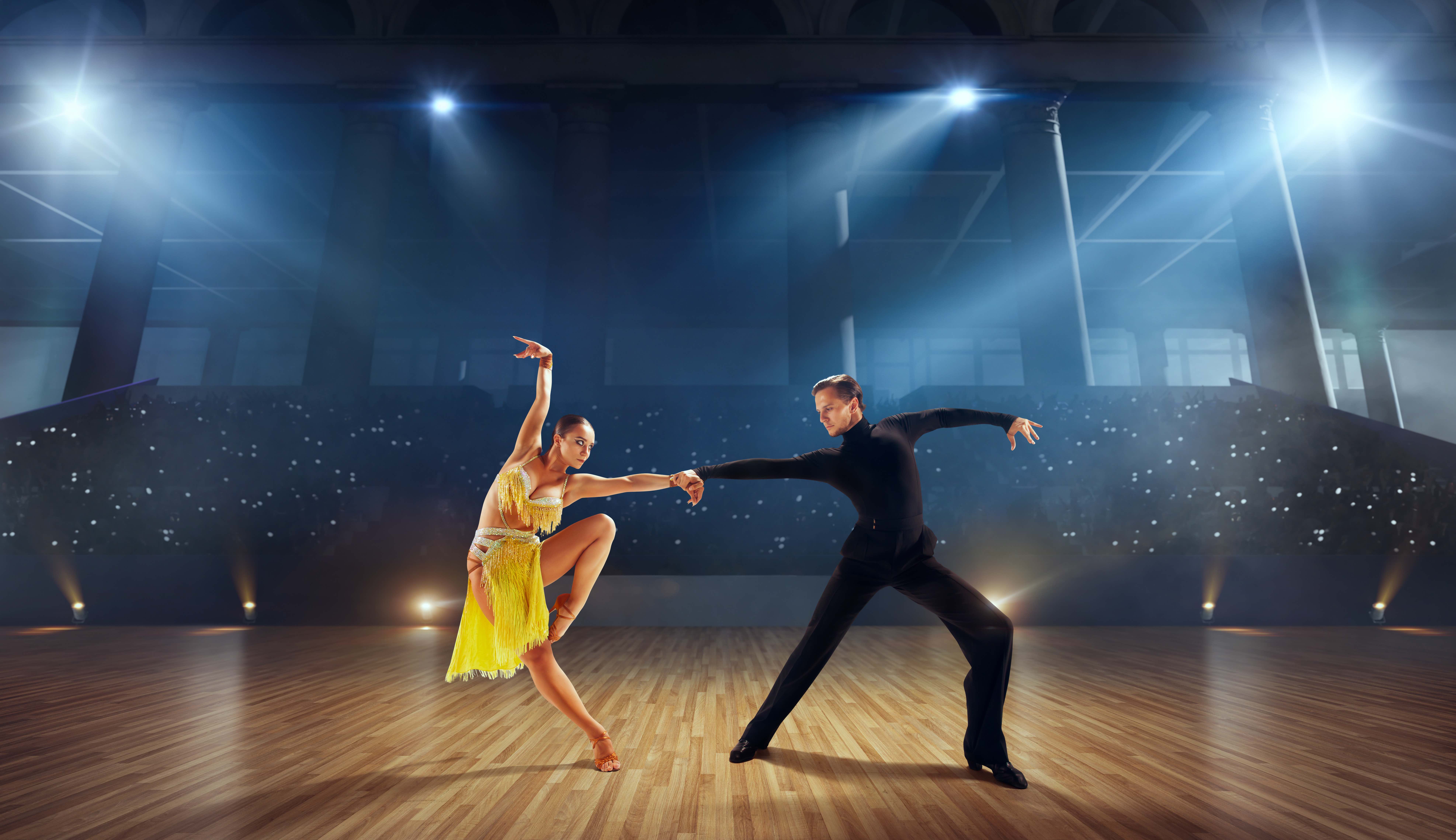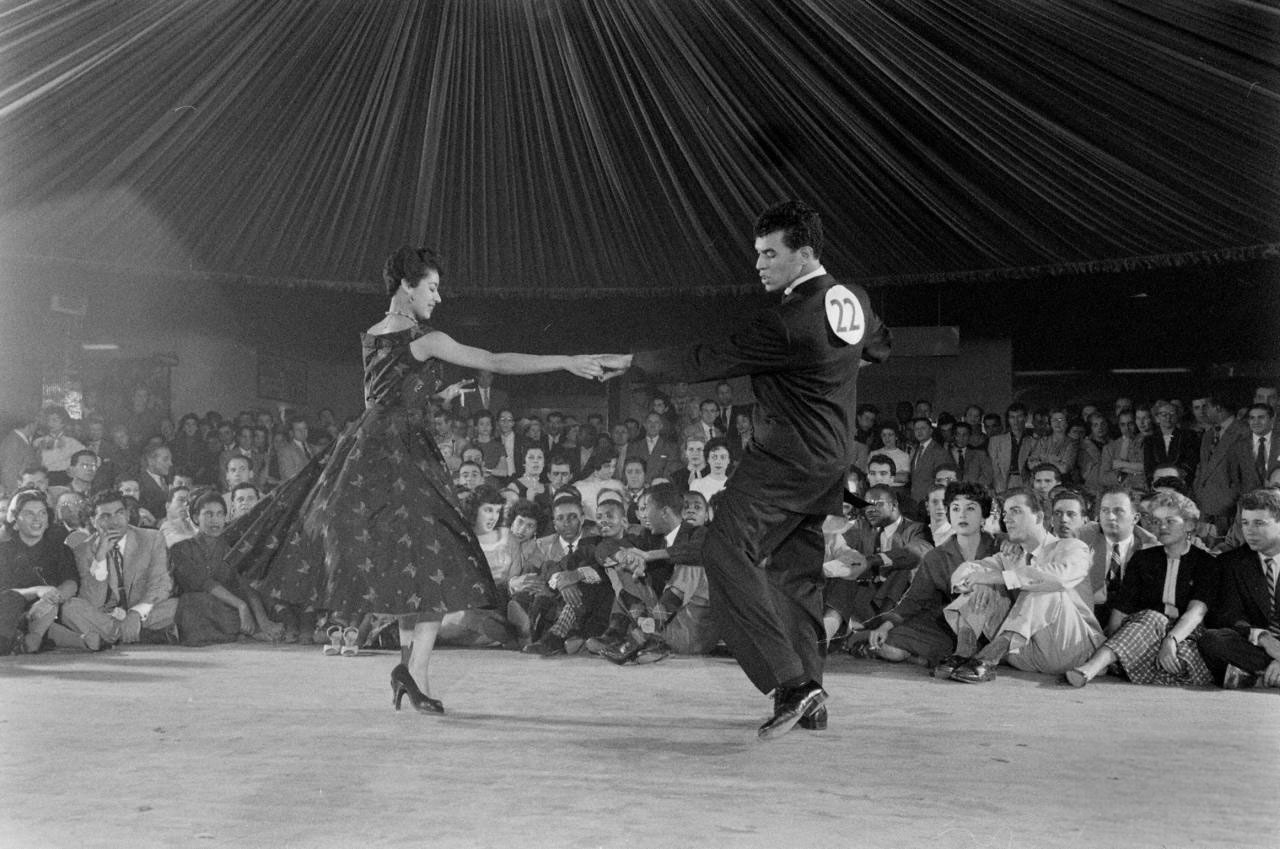The Of Dance San Francisco
More About Dance San Francisco
Table of ContentsWhat Does Dance San Francisco Mean?Dance San Francisco - An OverviewThe Greatest Guide To Dance San FranciscoEverything about Dance San Francisco
Let's consider Salsa dance and music as a large Tree that resembles this: Salsa is danced globally while several technical elements of the dance coincide throughout styles (6 steps over 8 beats danced on a quick-quick-slow or slow-quick-quick rhythm), there are a number of "characteristic" functions of the main designs of Salsa that identify one from the various other.Pairs taking part in an Online casino Rueda dance all steps in unison as called by a Leader. Distinguishing features of Cuban style salsa are round turn patterns (with "break back" steps on counts 1 and 5) as well as body movement motivated by traditional Afro-Cuban folkloric dancings. Distinct attributes of Cali design salsa is quick and intricate maneuvering, danced with a strong hand hold connection between companions.
The beginnings of the design are a subject of dispute, yet it is said that New York style Salsa dance came from the 1960's as a result of the influx of Latin American emigrants after the Cuban Change (salsa dancing sf). Eddie Torres is the most popular New york city design professional dancer, being virtually universally attributed with popularizing the design to dance centres beyond New york city
The basic rhythm of "On-2" is slow-quick-quick. The "youngest" of the designs of Salsa, L.A (https://dance-san-francisco-44590570.hubspotpagebuilder.com/dance-san-francisco/get-fired-up-with-hot-bachata-nights-in-sf). Design (some individuals have actually called it "West Coast" style) ended up being popular in the 1990's and has its beginnings in ballroom (Mambo, Swing and Cha, Cha, Cha). Turn patterns lead and comply with techniques are heavily influenced by these designs, with the Cross Body Lead being the foundation of the style
Dance San Francisco Things To Know Before You Get This
Style are execution of turn patterns and numbers in the "port", with the break actions on counts "1" and "5". This design is likewise characterized by elegant and typically complex arm designing by the follow to accent the "1" and "5" counts. The standard rhythm of "On-1" is quick-quick-slow. While Salsa songs has strong origins in Cuban, Colombian and Puerto-Rican folkoric practices, it can not be discounted that all Afro-Latin and Latin American societies have actually contributed to modern Salsa music as we understand it today.

There she came to be buddies with the Nuyorican artists, and her collaborations with them and her time with the Fania All-Stars led to over 50 albums (of joint and solo job). Many thanks to the web and convenience of access to details, the popularity of Salsa songs, dance and culture has spread like wildfire over the last 30 years and even then modern Salsa artists proceed to commemorate the Starting Fathers and Mom of Salsa.

The Main Principles Of Dance San Francisco
differentiating attributes of Salsa songs are: 4/4 time signature, Kid Clave and Tumbao rhythms, Montuno Piano Unless you have a background in music, the above 3 features most likely suggest absolutely nothing to you. An easier means to describe Salsa music try this is just how it does NOT seem like various other kinds of Latin American prominent songs.

It's time for lessons. With a lot of studios available and different styles to pick from, where does a complete novice start? Most all new dancers select to find out L.A. "On-1" design slotted Salsa styles are one of the most common in The United States and Canada (with some exemptions of some metropolitan centres that still primarily welcome Cuban and Puerto Rican designs) and L.A.
.A. Design will promptly teach you the fundamentals of Salsa timing, weight transfer and transform pattern execution. Many dancers, once they have actually had a year or 2 of dance L.A. Design Salsa under their belts, "button" to New York style in order to expand their dancing vocabulary; yet lots of professional dancers decide to adhere to simply one design of Salsa and enjoy their time on the dance floor because certain style. salsa dancing sf.
Style and New York City Style all being danced in the same club, with a lot of the professional dancers having the ability to switch from one design to the various other from one track to the next. salsa dancing sf. No matter which style you choose it is very important to stay with that style up until you're really comfortable with the principles of timing, body rhythm and structure relocation implementation before taking into consideration "switching" designs (if you desire to)
Once you start lessons be prepared to devote time and energy to learning exactly how to dance as a whole it takes a complete novice (i. e., someone with little or no dancing experience) concerning 6 months of proactively taking lessons and heading out and practicing at the very least two times a week to get to a factor where pattern implementation starts to really feel "all-natural".